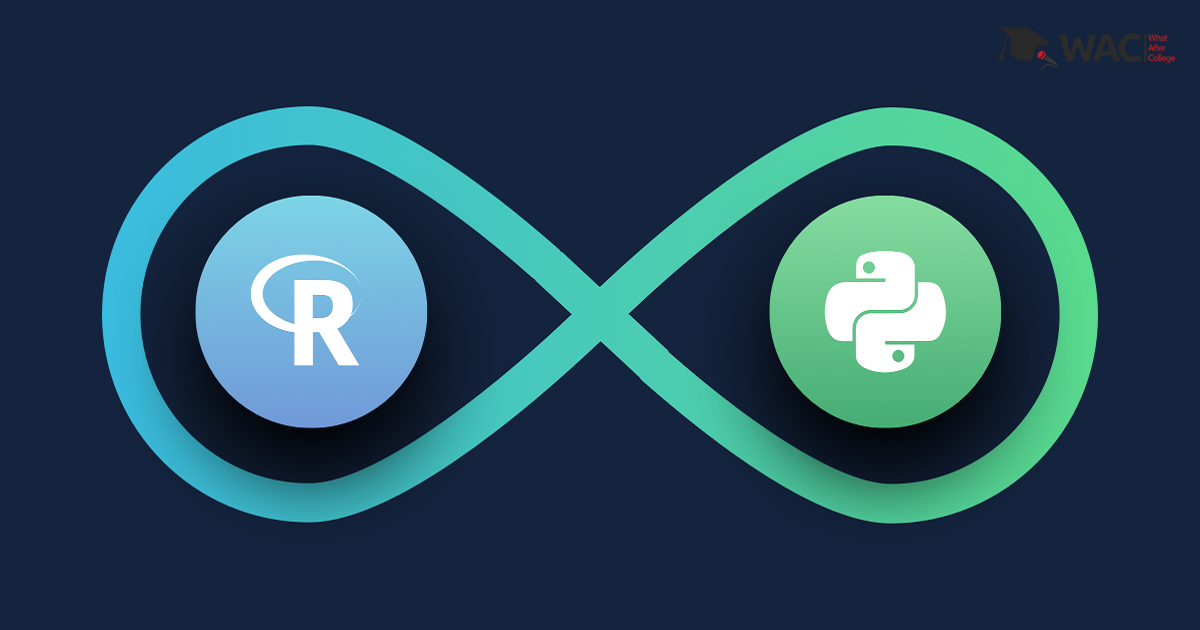What is Deep Learning
Deep learning is an area of Machine Learning and Artificial Intelligence that teaches the computer to imitate the way humans gain certain types of knowledge. It includes statistics and predictive modeling. It uses advanced machine learning algorithms, known as artificial neural networks which involve trial and error methods. Deep Learning is extremely beneficial to data scientists in collecting, analyzing, and interpreting large amounts of data, making this process more efficient and reliable. Deep Learning is a subset of machine learning where artificial neural networks, algorithms inspired by humans, learn from large amounts of data and stats. It allows machines to solve difficult problems even when using a data set that is very diverse, unstructured, and inter-connected. Deep Learning is the key technology used in self-driving cars and virtual assistants. Deep Learning in R or Deep Learning in Python, each has its own merits and demerits.
Traditional Machine Learning algorithms are linear and supervised, whereas Deep Learning algorithms are stacked in a hierarchy of increasing complexity, unsupervised, and can be thought of as a way to automate predictive analysis. Unsupervised learning is not only faster, but it is usually more accurate and reliable. Deep Learning algorithms can perform a particular task repeatedly, each time improving it. It is also able to create accurate predictive models from large quantities of unlabeled, unstructured data. Its applications require a very large amount of data to train the model, as well as GPUs, or graphics processing units, to rapidly process your data. Here’s a list of some tasks that Deep Learning can perform:
Here’s a list of some tasks that Deep Learning can perform:
- Identifying faces or Image recognization,
- Reading handwritten digits and texts.
- Recognizing speech,
- Translating languages,
- Playing computer games,
- Personalized shopping and entertainment,
- Controlling self-driving cars and robots.
Deep Learning with R
The R programming language has gained considerable popularity among statisticians and data miners for its ease-of-use, also for its sophisticated visualizations and analyses. It is a graphics-based language. Deep Learning in R becomes the proper choice who wants to realize an improved understanding of the underlying details and build innovation. R comprises of multiple packages that help to enhance the performance of the machine learning models. Packages for the pre-modeling, modeling and post-modeling stages of information analysis are available. These packages are directed to some particular tasks like data visualization, continuous regression, and model validation. R, like Python, has lots of packages to spice up its performance.
Table: List of packages and their available structure of neural networks in R
| Package | Available Architectures Of Neutral Networks |
| MXNetR | A feed-forward neural network, convolutional neural network (CNN) |
| drach | Restricted Boltzmann machine, deep belief network |
| Deepnet | A feed-forward neural network, restricted Boltzmann machine, deep belief network, stacked autoencoders |
| H2O | Feed-forward neural network, deep autoencoders |
| deepr | Simplify some functions from H2O and deepnet packages |
Deep Learning with Python
Python is one of the first artificial language utilized in Machine Learning that’s used for many of the research and development in Machine Learning. Simplicity in Python syntax implies that developers can concentrate on actually solving the Machine Learning problem instead of spending all their precious time understanding just the technical aspects of the language, The SciPy stack in Python may be a mature and quickly expanding platform for scientific and numerical computing. The platform hosts libraries like sci-kit-learn the general-purpose machine learning library which will be used along with your deep learning models. Theano and TensorFlow are two best numerical libraries for developing deep learning projects but are difficult for an average practitioner. Keras library for deep learning is purely written in Python which wraps and provides a consistent agnostic interface to Theano and TensorFlow. Deep Learning in Python seems to perform better in data manipulation and repetitive computations.
Here are some merits of using Python as a programming language:
- Python has an exceptional attribute of being a general-purpose programming language as it is easy to use when it comes to analytical and quantitative research and computation.
- It is very easy to understand and includes very few statistical model packages,
- It is Dynamically Typed and is very flexible,
- Huge Community Support,
- A vast range of Libraries is there, for different purposes like Numpy, Seaborn, Matplotlib, Pandas, and Scikit-learn.
All you need to know about Machine Learning
Learn Machine Learning
| Top 7 Machine Learning University/ Colleges in India | Top 7 Training Institutes of Machine Learning |
| Top 7 Online Machine Learning Training Programs | Top 7 Certification Courses of Machine Learning |
Learn Machine Learning with WAC
| Machine Learning Webinars | Machine Learning Workshops |
| Machine Learning Summer Training | Machine Learning One-on-One Training |
| Machine Learning Online Summer Training | Machine Learning Recorded Training |
Other Skills in Demand
| Artificial Intelligence | Data Science |
| Digital Marketing | Business Analytics |
| Big Data | Internet of Things |
| Python Programming | Robotics & Embedded System |
| Android App Development | Machine Learning |




